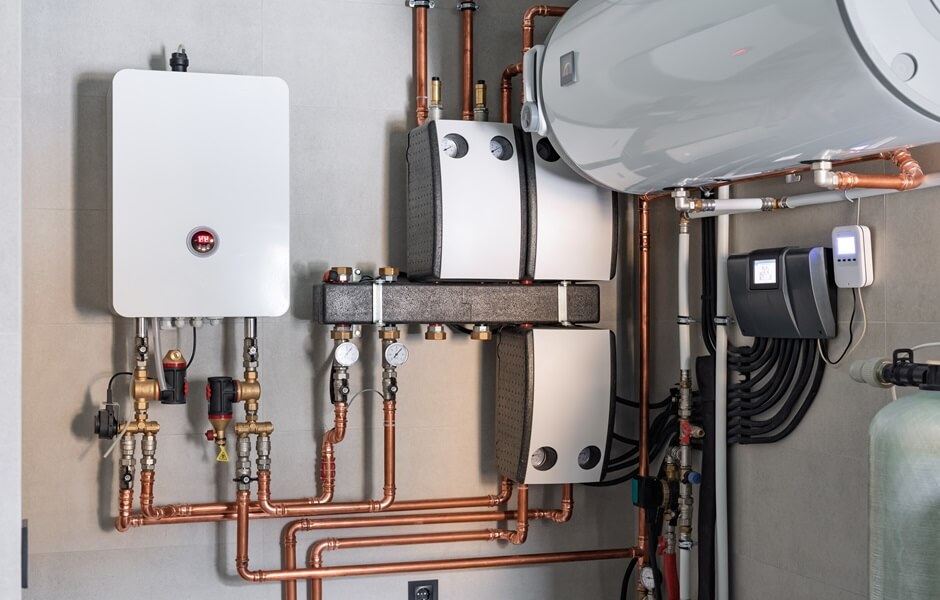
It is a frustrating (and cold) experience when your furnace is not turning on, especially during the colder months when warmth and coziness are essential. There are many potential reasons why your furnace will not start, from simple issues like a tripped circuit breaker to more complex problems with the thermostat or ignition system.
Understanding what could be causing your furnace to malfunction can help you troubleshoot the issue. This blog post will explore common causes for a furnace not turning on and provide solutions to get your heating system back up and running.
What Causes A Furnace Not To Come On?
If your furnace does not start, it could be due to several factors, like the thermostat, the circuits, the fuses, or even the gas supply. It is also good to know that furnaces are not everlasting and how long furnaces last because it might be time to change yours altogether.
If that is not the case, below are some common reasons that cause furnaces not to turn on and how you can address them:
1. Thermostat Issues
The most common reason for a furnace not turning on is a problem with the thermostat. If the thermostat is not set correctly or is malfunctioning, it may fail to signal the furnace to turn on. Make sure that the thermostat is set to "heat" mode and that the temperature setting is higher than the current room temperature. If the thermostat is digital, check the batteries. If the thermostat appears to be malfunctioning, it may need to be repaired or replaced.
2. Tripped Circuit Breaker
A tripped circuit breaker could be the culprit for your faulty furnace. It operates on electricity, and if the circuit breaker trips, the power will be cut off. Go to your electrical panel, look for the breaker that controls the furnace, and flip it back to "on." A breaker tripping again could indicate a more serious electrical issue, and you should contact an electrician or HVAC technician.
3. Blown Fuse
A blown fuse in the furnace control board can prevent the system from turning on. If the circuit breaker is not the issue, check the furnace's control board for a blown fuse. Replacing a blown fuse is a relatively simple fix, but it is best to call a pro to handle it if you are unfamiliar with electrical systems.
4. Gas Supply Issues
For gas furnaces, a lack of gas can prevent the furnace from turning on. Ensure that the gas valve is fully open. If the gas supply is interrupted, such as due to a local outage or an issue with the gas line, your furnace may not turn on at all. If you suspect there is a gas supply issue, contact your gas utility company.
5. Clogged Air Filter
A clogged air filter can restrict airflow and cause the furnace to overheat, which can trigger a safety shutdown. When you are preparing your house for winter it might be a good idea to replace your air filter if you have not in a while, and check it for dirt and debris. A clogged air filter may be why your furnace is not turning on, and replacing the filter could resolve the issue.
6. SSU Switch On Furnace
The SSU switch on the furnace (sometimes called the safety switch or door switch) is a safety feature that guarantees the furnace operates safely. If the switch is malfunctioning or has been triggered, the furnace may not start. This switch may be located near the door or panel of the furnace. Make sure that the furnace door is properly closed and that the switch is in the "on" position. If the switch is faulty, it may need to be replaced.
How Do You Turn On A Furnace?
Most modern furnaces will automatically turn on when the thermostat calls for heat, but there are a few things to check if it is not turning on.
- Set The Thermostat To Heat Mode: Ensure that the thermostat is in the "heat" setting and that the temperature is set higher than the current room temperature.
- Turn On The Furnace Power: Ensure that the furnace's power switch is in the "on" position.
- Check The Pilot Light Or Ignition System: If your furnace uses a pilot light, check to see if it is lit. If it is not, follow the manufacturer's instructions for reigniting the pilot light. If your furnace uses an electronic ignition system, ensure that it is functioning correctly.
Continue reading to learn more about how to deal with the same issues on a furnace powered by electricity.
How To Turn On An Electric Furnace?
If you have an electric furnace, first check the thermostat, make sure there is power, and then turn it on. Below is a how to properly light an electric furnace:
- Check The Thermostat Settings: As with a gas furnace, make sure the thermostat is set to "heat" mode and that the temperature is set higher than the current room temperature.
- Ensure Power Is Connected: Confirm that the furnace is connected to the electrical supply and that the furnace's circuit breaker is turned on.
- Activate The Furnace: If everything is set correctly, the electric furnace should turn on automatically when the thermostat signals it to do so. If it does not turn on, there may be an issue with the furnace's electrical components, requiring professional inspection.
A furnace not turning on can be caused by a variety of issues, ranging from a simple thermostat problem to a more complex electrical issue. Before seeking professional help, check the basic components like the thermostat settings, circuit breaker, and gas supply.
If the furnace will not start despite troubleshooting, or if you are unsure of how to resolve the issue, it is best to contact a licensed heating technician. By properly diagnosing the problem, you can ensure your furnace is working efficiently, and your home stays warm and cozy throughout the winter months.
 Let a heating contractor give you an estimate on your project
Let a heating contractor give you an estimate on your project

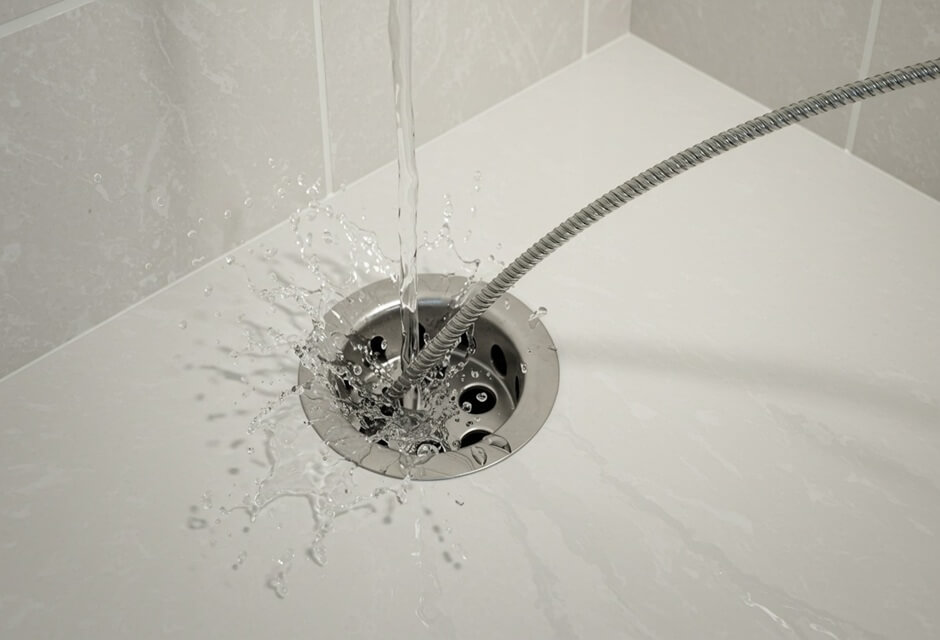
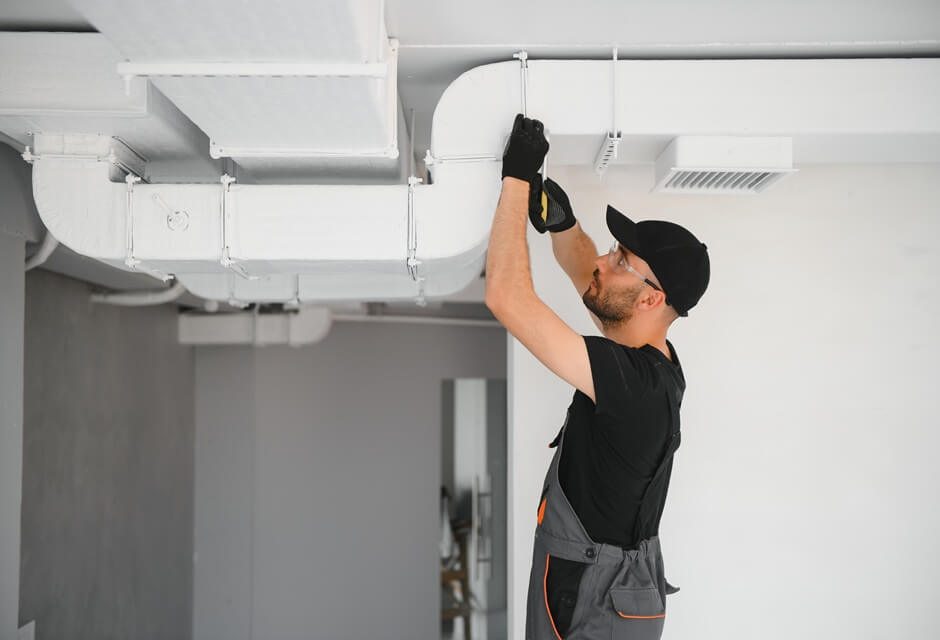
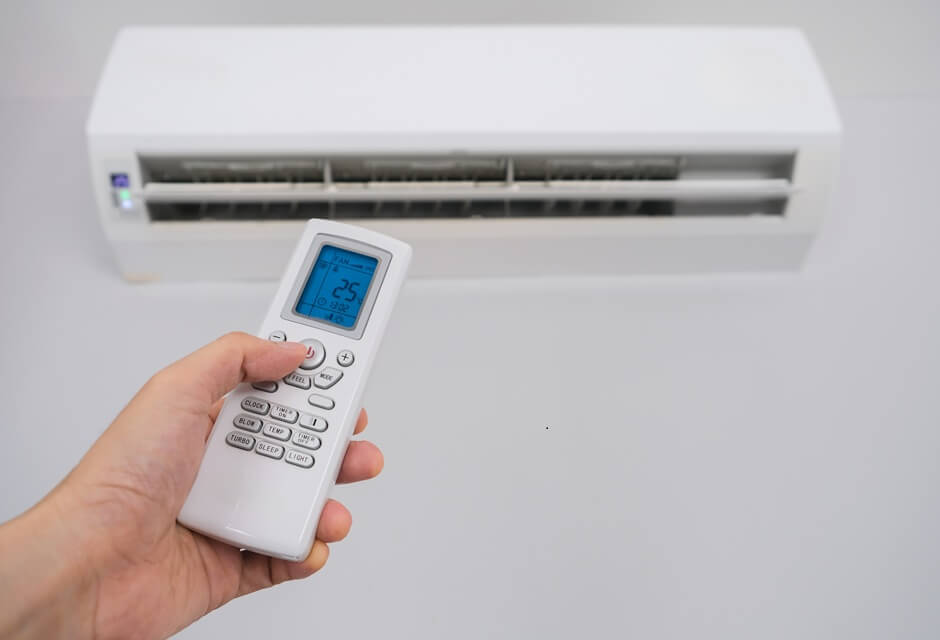
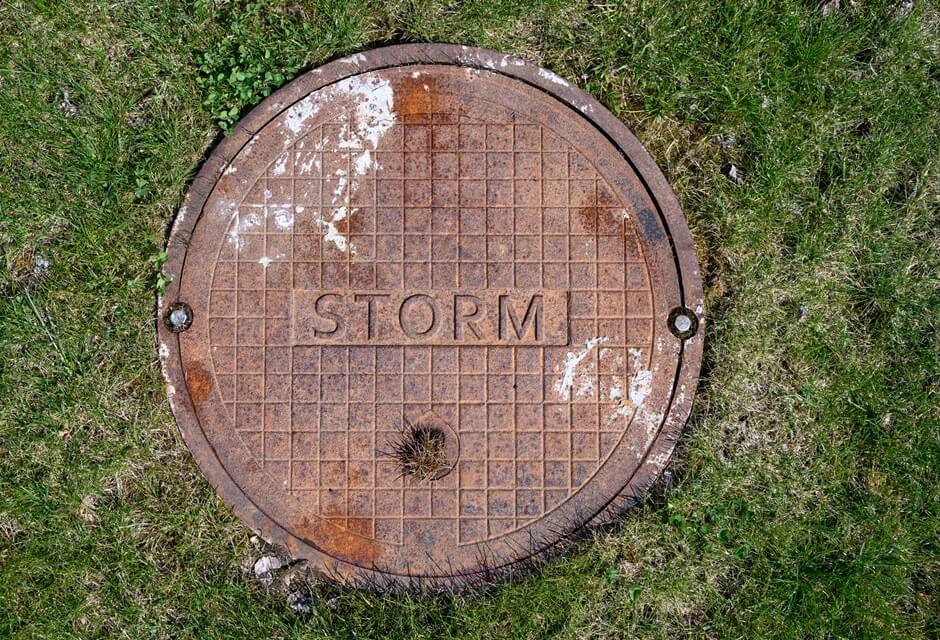
 Member of the
Member of the